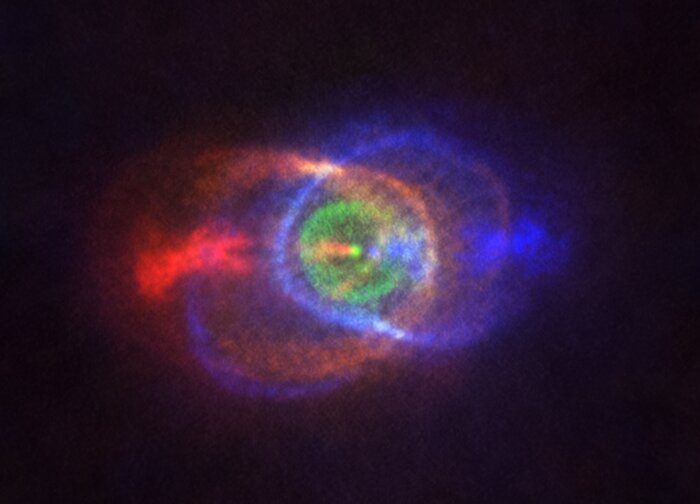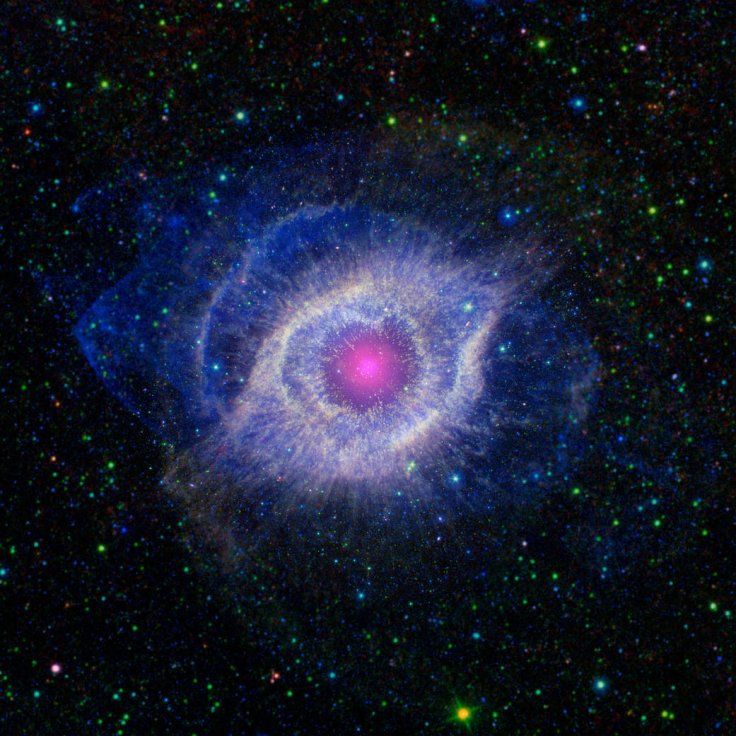Astronomers from the European Southern Observatory (ESO) were able to capture a beautiful image of a multi-coloured nebula. The beautiful cosmic structure was created by the violent confrontation between two stars.
The astronomers were able to photograph the results of the stellar fight using the Atacama Large Millimeter/submillimeter Array (ALMA) telescope in Chile. The cosmic object in the photos has been identified as the binary star system HD 101584.
The Dying Red Giant Star

According to astronomers from the ESO, HD 101584 is inhabited by a massive central star that's about to become a red giant. This means the star, which is similar to the Earth's Sun, has already reached the end of its life and has depleted its fuel source. As it enters this stage, the star goes through a chemical process that causes its outer layer to expand and shed.
Eventually, only the core of the red giant will remain, which will become a dense stellar object known as a white dwarf. The ESO noted that the Sun will go through the same destructive process once it dies.
"For the Sun and stars like it, this change will take it through a phase where, having burned all the hydrogen in its core, it swells up into a large and bright red-giant star," the ESO explained in a statement. "Eventually, the dying Sun will lose its outer layers, leaving behind its core: a hot and dense star called a white dwarf."
A Stellar Clash Of Two Stars

As HD 101584's red giant expanded it encountered its small neighbouring star. According to astronomers, the red giant has already grown to a point that it became capable of consuming the smaller star. However, instead of being completely consumed by the red giant, the smaller spiralled into the core of its large neighbour.
"As the main star puffed up into a red giant, it grew large enough to swallow its lower-mass partner. In response, the smaller star spiralled in towards the giant's core but didn't collide with it," the ESO explained. "Rather, this manoeuvre triggered the larger star into an outburst."
This resulted in a powerful outburst that scattered the red giant's outer layers. Through ALMA's imaging capabilities, the outburst of gas, dust and other stellar materials produced a colourful nebula around the two stars.









